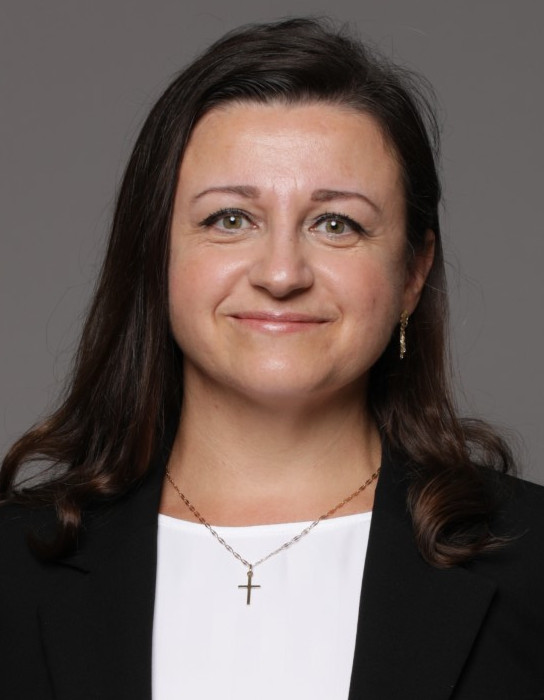Computational Modelling Techniques
Data is displayed for academic year: 2023./2024.
Lecturers
Lectures
Course Description
Programming for complex problems in science. Tools for problem solving and program development, debugging, organisation of code, analysis of performance. Efficient implementation of numerical methods. Applications in different problems in industry and science.
Study Programmes
University graduate
[FER3-HR] Audio Technologies and Electroacoustics - profile
Elective Courses
(2. semester)
[FER3-HR] Communication and Space Technologies - profile
Elective Courses
(2. semester)
[FER3-HR] Computational Modelling in Engineering - profile
(2. semester)
[FER3-HR] Computer Engineering - profile
Elective Courses
(2. semester)
[FER3-HR] Computer Science - profile
Elective Courses
(2. semester)
[FER3-HR] Control Systems and Robotics - profile
Elective Courses
(2. semester)
[FER3-HR] Data Science - profile
Elective Courses
(2. semester)
[FER3-HR] Electrical Power Engineering - profile
Elective Courses
(2. semester)
[FER3-HR] Electric Machines, Drives and Automation - profile
Elective Courses
(2. semester)
[FER3-HR] Electronic and Computer Engineering - profile
Elective Courses
(2. semester)
[FER3-HR] Electronics - profile
Elective Courses
(2. semester)
[FER3-HR] Information and Communication Engineering - profile
Elective Courses
(2. semester)
[FER3-HR] Network Science - profile
Elective Courses
(2. semester)
[FER3-HR] Software Engineering and Information Systems - profile
Elective Courses
(2. semester)
Learning Outcomes
- write algorithms in the computational area to efficient programming code
- apply programs for scientific computations
- use tools for performance optimisation and debugging
- analyze code and implement performance improvements
- report on performance in clear and correct writing
- illustrate the results of computation
Forms of Teaching
Lectures
Involment in lectures
Independent assignmentsProject work
LaboratoryLaboratory work
Work with mentorLecturers consultations
Grading Method
| Continuous Assessment | Exam | |||||
|---|---|---|---|---|---|---|
| Type | Threshold | Percent of Grade | Threshold | Percent of Grade | ||
| Laboratory Exercises | 0 % | 20 % | 0 % | 20 % | ||
| Seminar/Project | 0 % | 30 % | 0 % | 30 % | ||
| Mid Term Exam: Written | 0 % | 25 % | 0 % | |||
| Final Exam: Written | 0 % | 25 % | ||||
| Exam: Written | 0 % | 50 % | ||||
Week by Week Schedule
- Problem formulation
- Algorithm development, implementation, and verification
- Structure and documentation
- Math modules for numerical and scientific computing
- Math modules for numerical and scientific computing
- Math modules for numerical and scientific computing
- Program creation, compilation and linking, variables and parameters
- Midterm exam
- Flow control, subroutines and functions
- Flow control, subroutines and functions
- Use of libraries, internal and external communication, and interaction with other languages
- Use of libraries, internal and external communication, and interaction with other languages
- Numerical calculations, symbolic calculations, and graphics
- Importing and exporting information, Graphics with numerical and scientific computing software
- Final exam
Literature
(.), Hans Petter Langtangen: A Primer on Scientific Programming with Python,
(.), Konstantinos Anagnostopoulos:Computational Physics - A Practical Introduction to Computational Physics and Scientific Computing,
For students
General
ID 252382
Summer semester
5 ECTS
L1 English Level
L2 e-Learning
15 Lectures
0 Seminar
0 Exercises
39 Laboratory exercises
0 Project laboratory
0 Physical education excercises
Grading System
86 Excellent
74 Very Good
62 Good
50 Sufficient


 Pristupačnost
Pristupačnost

